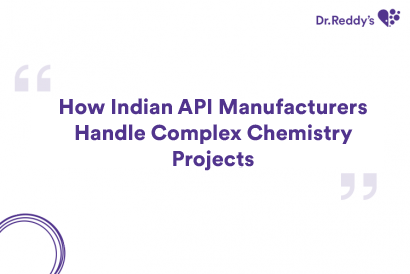A comparative study on enzalutamide Formulations
Enzalutamide, a breakthrough medication in the realm of prostate cancer treatment, has significantly improved outcomes for patients battling this relentless disease. Its efficacy lies in its ability to inhibit androgen receptors, thus suppressing the growth of prostate cancer cells. As pharmaceutical research advances, different formulations of enzalutamide have emerged, each with unique characteristics and potential benefits. In this blog, we delve into a comparative study of various enzalutamide formulations, exploring their differences, advantages, and possible impact on patient care.
Understanding Enzalutamide:
Before delving into the comparative analysis, let's briefly overview enzalutamide. Initially approved by the FDA in 2012, enzalutamide, marketed under the brand name Xtandi, revolutionised the treatment landscape for metastatic castration-resistant prostate cancer (mCRPC). Its mechanism of action involves competitively inhibiting androgen binding to the androgen receptor, thereby impeding signalling pathways crucial for cancer cell proliferation. Enzalutamide is typically administered orally in capsule form, with dosing schedules varying based on the patient's condition and medical history.
Comparative Study of Enzalutamide Formulations:
Oral Capsules: The traditional formulation of enzalutamide comes in oral capsules. While convenient for administration, some patients may experience swallowing or gastrointestinal discomfort.
Extended-Release Formulations: Extended-release formulations aim to improve patient adherence and minimise adverse effects by providing a sustained release of enzalutamide over an extended period. This can result in smoother plasma concentration profiles and potentially reduced dosing frequency.
Liquid Formulations: Liquid formulations offer an alternative for patients who have difficulty swallowing capsules. Additionally, liquid formulations may facilitate more accurate dosing adjustments, particularly in patients requiring dose modifications due to tolerability issues or drug interactions.
Intravenous Formulations: Intravenous (IV) formulations of enzalutamide represent a novel approach that bypasses the gastrointestinal tract, offering a potentially faster onset of action and consistent drug delivery. However, IV administration may pose logistical challenges and require healthcare provider supervision.
Nanoparticle Formulations: Nanoparticle formulations of enzalutamide utilise advanced drug delivery technologies to enhance bioavailability and target-specific cancer cells more effectively. By encapsulating enzalutamide within nanoparticles, researchers aim to improve its pharmacokinetic properties and reduce off-target effects.
Factors Influencing Formulation Selection:
Patient Preference: Patient preference is crucial in selecting the most suitable formulation. Factors such as ease of administration, tolerability, and lifestyle considerations should be considered.
Therapeutic Goals: The choice of formulation may also depend on the patient's therapeutic goals, disease stage, and anticipated treatment duration. For instance, patients requiring long-term maintenance therapy may benefit from extended-release formulations.
Clinical Evidence: Robust clinical data comparing the efficacy and safety of different formulations are essential for informed decision-making. Comparative studies evaluating endpoints such as progression-free survival, overall survival, and quality of life can provide valuable insights.
Future Perspectives:
Enzalutamide formulations continue to evolve, with ongoing research focused on optimising drug delivery and enhancing therapeutic outcomes. Future advancements may involve developing novel formulations incorporating targeted delivery systems, combination therapies, and personalised treatment approaches tailored to individual patient needs.
Conclusion:
In conclusion, the comparative study of enzalutamide formulations underscores the importance of personalised medicine in prostate cancer treatment. By considering factors such as patient preference, therapeutic goals, and clinical evidence, healthcare providers can make informed decisions regarding the most appropriate formulation. As research progresses, continued innovation in enzalutamide formulations holds promise for further improving patient outcomes and advancing the fight against prostate cancer.
- Call us:
 +91 40 49002253
+91 40 49002253
Contact Us
请填写以下表格,我们会尽快与您联系.





